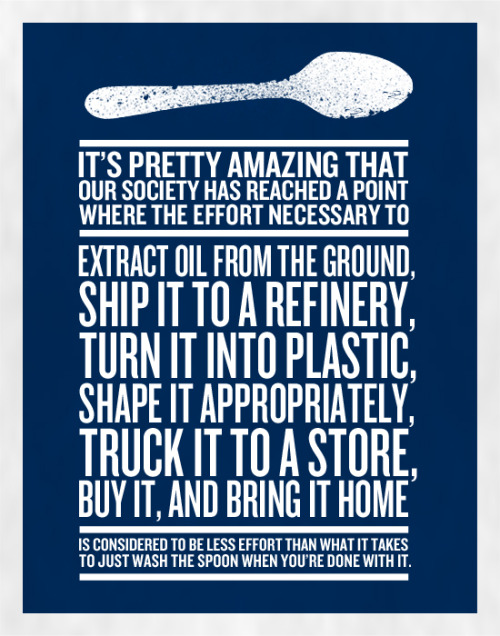As I mentioned in my last
post, every participant on our field trip was responsible for creating one section of our field guide, and I compiled it all in the end. It was a bit of a non-traditional way of doing it, and more than a bit of a challenge to get everyone to participate in a timely manner and there are things I wish I'd organized differently. However, we ended up with a 55 page field guide and I hope that people felt a little more engaged with the geology!
The first step was dividing up the stops. Death Valley was simple to divide up, but Grand Canyon was trickier. Once the Death Valley stops were divided up, there were four people left to cover Grand Canyon.
I found an old strat column for Bright Angel Trail (which was where we were going) and split it into four, but looking back, I think it would have been even better to divide it up with one person focusing on the basement, one on the unconformities, one on the stratigraphy, and one on faulting (and/or the Colorado River itself).
The details about what I needed from each person, in terms of materials etc., went out in an email. This is one of the things I wish I'd done differently. I should have created a pdf instruction sheet that I could email out and post online for people to reference. It would have contained exactly the same information as the email, but it would have been easier to find and reference. The details I wanted are below:
Geological information that should be included is:
- The age of the rocks
- What the rocks are
(composition, stratigraphy, depositional environment etc)
- Any subsequent deformation
they have undergone.
- Tectonic framework – how does
this fit into what’s happening in the region (and in the case of Death Valley,
the basin).
Things to consider including are:
- Annotated photos
- A stratigraphic/time column
for the section
- Schematic illustrations/maps
- References (peer-reviewed
references if you can find them)
Any figures/maps/photos should have correct citations and detailed captions.
Ultimately, I wanted people to explain what was cool about "their" stop, and why we, as geologists, should care.
I wasn't specific about formatting in my email, which was my next mistake. I should have created a Word template for people to use, and my instruction sheet should have been explicitly clear not to embed photos/figures in the document, but to attach them as separate files so that I could do all the formatting for all the pages, and it could be consistent.
The other trick to putting this together was that the itinerary was out of my hands, and was only ever tentative at best. Still, I wish I had spent some time putting together info about the places we would be driving by (we had as many driving days as we did geology days), especially on the first day when we drove from LA, over the San Andreas Fault, to Death Valley (see my previous post for a few photos from that day). Even if we didn't get out of the vehicles, it would have been nice to understand what we were driving by!
We did have stops on our other two driving days, at Hoover Dam and at Meteor Crater, which were included in the field guide, so there will be posts about them to follow, along with all the other places we stopped. Stay tuned... I'll start blogging about Death Valley itself next.


















